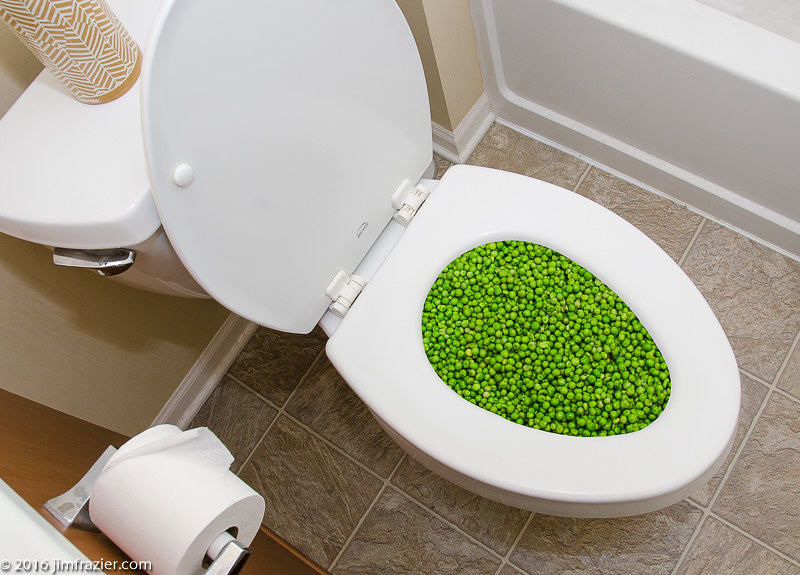Are You Able to Dispose of Food in the Toilet?
Are You Able to Dispose of Food in the Toilet?
Blog Article
Just about everyone may have his or her own assumption involving Think Twice Before Flushing Food Down Your Toilet.

Introduction
Many people are often confronted with the predicament of what to do with food waste, particularly when it comes to leftovers or scraps. One common inquiry that arises is whether it's alright to purge food down the commode. In this write-up, we'll look into the reasons people may consider purging food, the effects of doing so, and alternate approaches for appropriate disposal.
Reasons why individuals could consider flushing food
Lack of recognition
Some people might not be aware of the prospective damage brought on by flushing food down the bathroom. They might erroneously believe that it's a harmless technique.
Ease
Flushing food down the commode may look like a quick and simple solution to dealing with unwanted scraps, especially when there's no neighboring trash bin available.
Negligence
In many cases, individuals might merely choose to flush food out of large laziness, without considering the effects of their actions.
Effects of flushing food down the toilet
Ecological effect
Food waste that winds up in waterways can add to pollution and damage marine environments. In addition, the water used to purge food can stress water resources.
Plumbing problems
Purging food can cause clogged up pipes and drains, triggering pricey pipes repairs and hassles.
Kinds of food that must not be purged
Coarse foods
Foods with coarse appearances such as celery or corn husks can obtain entangled in pipes and create blockages.
Starchy foods
Starchy foods like pasta and rice can soak up water and swell, bring about clogs in pipelines.
Oils and fats
Greasy foods like bacon or cooking oils need to never be purged down the toilet as they can solidify and cause obstructions.
Correct disposal techniques for food waste
Making use of a garbage disposal
For homes geared up with garbage disposals, food scraps can be ground up and purged via the plumbing system. However, not all foods appropriate for disposal in this way.
Recycling
Certain food product packaging materials can be reused, decreasing waste and minimizing ecological impact.
Composting
Composting is an eco-friendly means to get rid of food waste. Organic materials can be composted and made use of to enrich dirt for gardening.
The value of correct waste administration
Lowering environmental damage
Correct waste management techniques, such as composting and recycling, help reduce air pollution and preserve natural resources for future generations.
Safeguarding pipes systems
By preventing the method of flushing food down the commode, house owners can avoid pricey plumbing repair work and preserve the honesty of their pipes systems.
Verdict
In conclusion, while it may be appealing to flush food down the bathroom for benefit, it is necessary to recognize the prospective effects of this activity. By taking on correct waste monitoring techniques and dealing with food waste responsibly, individuals can add to healthier pipes systems and a cleaner setting for all.
FLUSH FOOD DOWN THE TOILET?
FLUSHING FOOD CAN CAUSE BLOCKED DRAINS IN YOUR HOME
All of the plumbing fixtures in your home are connected to the same sewer pipe outside of your home. This outdoor sewer pipe is responsible for transporting all the wastewater from your home to the Council sewer mains. Even small pieces of food that go down the kitchen sink can cause problems for your sewer. It should therefore be obvious that flushing larger bits of food, such as meat, risks a clog in either the toilet itself or the sewer pipes. Flushing greasy food is even more problematic because oil coagulates when it cools, coating the interior lining of your pipes.
THE TOILET IS NOT A BIN
Food isn’t the only thing that people shouldn’t be flushing down the toilet. People use the toilet to dispose of all kinds of things such as tampons, makeup wipes, dental floss, kitty litter and even underwear. Water goes to great lengths to educate residents about the high costs and stress placed on wastewater treatment systems simply from people flushing the wrong stuff down the toilet. It costs taxpayers millions of dollars each year, and homeowners thousands in blocked drain repairs.
FLUSHING FOOD IS A WASTE OF WATER
Flushing food is a waste of our most precious resource - water. In June this year Level 1 water restrictions were introduced to protect water supply from drought conditions. Much of New South Wales continues to be affected by prolonged drought with recent figures revealing up to 97 per cent of the state remains in drought. Depending on whether you have a single or dual flush toilet, every single flush uses between five and 11 litres of water. In the current climate this is a huge amount of water to be wasting on flushing food that should be placed in the bin (or better yet, the compost).
https://www.jabplumbingsolutions.com.au/blog/can-you-flush-food-down-the-toilet

As an enthusiastic person who reads about Is it safe to flush food (especially rice) down the toilet?, I think sharing that portion was important. If you enjoyed our page kindly don't forget to pass it around. I thank you for your readership.
Click For More Info Report this page